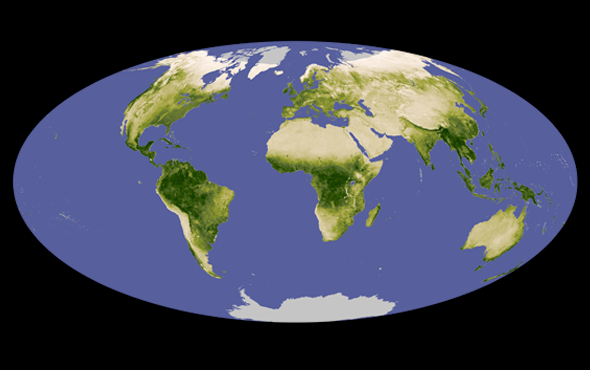CANADA
Although caribou populations are declining across most of the Canadian wilderness, research suggests British Columbia’s Klinse-Za herd has tripled in size in nine years. The herd is protected through a program led by two First Nations groups.
ECUADOR
Researchers described two new-to-science species of glass frog—tiny, transparent amphibians living in the Andes foothills. Despite looking nearly identical and living on opposite sides of a river valley, the two species have surprisingly different genomes.
SCOTLAND
New analysis of the famous “bodies in the bog” found near Edinburgh indicates that at least two—a man and a woman—were born far from their final resting place. Scientists used traces of chemical isotopes from the individuals’ teeth to determine their status as Medieval ramblers.
RWANDA
Scientists in Nyungwe National Park recently captured a Hill’s horseshoe bat, a species last spotted by scientists in 1981. The researchers recorded the critically endangered bat’s call before release so they can monitor its population in the future.
SPAIN
Archaeologists studying Paleolithic cave art in Cantabria found that up to a quarter of the ochre handprints placed there were made by children. The prints were likely made by blowing red pigment through a hollow reed or bone over a hand used as a stencil.
TANZANIA
A program on the semiautonomous islands of Zanzibar combines drones and a smartphone app to map malaria-carrying mosquito hotspots. The mosquitoes breed in tiny bodies of standing water, which are difficult to survey on foot—but one drone can cover more than 70 acres in about 20 minutes.

